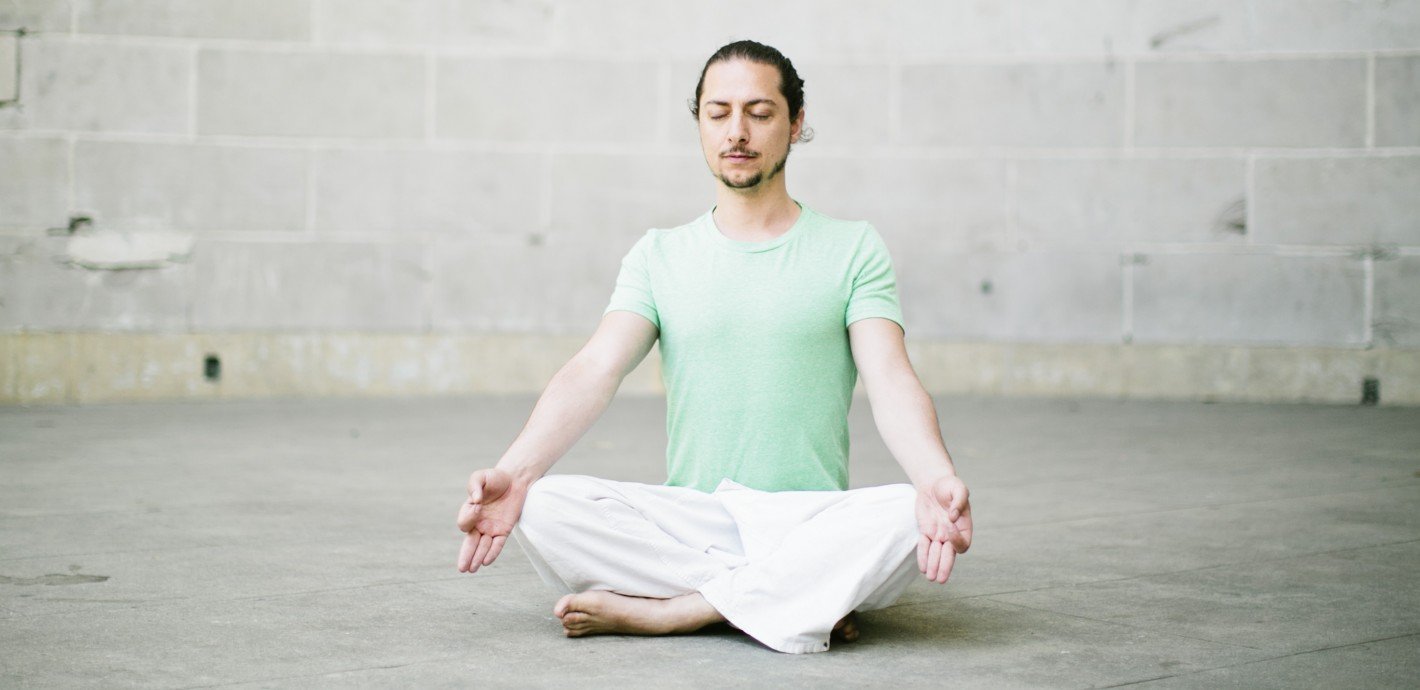At the 2005 annual meeting of the Society for Neuroscience, the Dalai Lama gave a keynote talk in which he asked scientists to deeply consider the ethical implications of their work. During the Q&A period an audience member asked whether we should surgically remove patients’ negative emotions if we could do so and if it worked better than meditation. His answer was, “Yes.” The follow-up question was, “What if the patient didn’t want us to surgically remove his negative emotions?” The Dalai Lama responded, “Use force, with good intentions.”
As technology that supports contemplative practice continues to develop, so does the conversation about the profound benefits, risks, and ethical quandaries that may come with it. Some questions that arise concern access to personal information and the ways in which physiological and neural technology could be used to influence users. As modern meditators, we are the potential consumers of these products, so it’s important to consider future implications on our practice and our lives. While the relevant meditation technologies are still in early stages, thinking deeply about them now can help us direct the trajectory of this emerging field.
In June 2014 Apple launched HealthKit, a tool that let’s users see all of their health data—heart rate, calories burned, cholesterol, blood sugar levels, steps, etc.—collected from various apps and unified in Apple’s Health App. Apple also just launched ResearchKit, a similar developer tool that will let medical researchers access the advanced sensors in your iPhone to create huge datasets of people’s health and behavior. This data pool can be used to improve the quality of medical research and efficacy of new medical treatments. As consumer EEG machines become more widely used, it may not be long before researchers and app developers record users’ neural data for similar purposes. Imagine, for example, millions of people learning to meditate through neuro-cardio-respiratory feedback apps that give nuanced, real-time instruction on how to meditate more effectively. Of course, a risk here is that private data doesn’t always stay private. Advertising agencies, hackers, and governments around the world increasingly see this kind of personal data as extremely valuable. The debate about who owns our digital information is ongoing and will only intensify when big data extends beyond our emails, phone calls, and website views, to include our neural data as well.
While the earlier story about the Dalai Lama is a dramatic example, it illustrates other basic questions we should ask ourselves as we evaluate meditation technologies: Who is creating them? What are their interests, and do they match our own? The Dalai Lama is a wise, compassionate, and worldly leader. His opinion is certainly well-intentioned, if also paternalistic. But other technology influencers may not be as committed to users’ deep happiness. For example, neuromarketing is an emerging field that uses the tools of neuroscience to better understand consumer choices. Advertisers have always sought to influence these choices, but neural data could help advertisers more precisely and powerfully affect our beliefs and behaviors than ever before. At least, that’s the industry’s hope.
However, our imaginations will (and should) also continue to be positively affected by new technologies. The art and technology collective BeAnotherLab inspires many with their use of the virtual reality headset Occulus Rift to help people develop empathy across ethnicity, age, and physical ability, among other traits, recalling the gorgeous concept video by Michael Harboun of future empathy-building glasses called Transcendenz. Last year, BeAnotherLab’s most famous project garnered wide attention for allowing people to feel that they were someone of another gender.
There is a lot of hype in the field because it is easy to imagine enlightening technopanaceas and terrifying technoweapons. But in fact we just don’t know what power technologies supporting meditation and mind change will or won’t have. For example, in the last few years researchers and engineers have paid a great deal of attention to transcranial direct current stimulation (tDCS), a method of applying a very small electric current to the brain, which has been shown to have positive effects on many clinical conditions and even on several cognitive abilities like concentration and skill acquisition. Many people have built their own tDCS devices at home very cheaply to experiment on themselves. But recent meta-analyses show no consistent benefits from tDCS. The debate continues, but it’s possible that technomeditation tools may not have a dramatic affect on our potential mental or spiritual development.
As with all attempts at futurism, the considerations here are only hypotheses. And as is always the case with ethical considerations, future realities will have to be evaluated on a case-by-case basis with attention to the details and wider context of each situation, something that cannot be best accomplished ahead of time. Yet it is because of this uncertainty that it is enormously beneficial to think deeply about the future of meditation practice and our collective interpretations of technology’s utility. One benefit is that we can shape the future we want to see by making our visions explicit and concrete. Some of the insights of certain meditation traditions—of our cosmic creativity, of our deep power to choose our experiences, and of the power of ethical training and ethical intention—ought to empower each of us to take leadership roles in sculpting our personal and collective futures, because the future is not yet written, and it has the potential to be very beautiful.
Photo by Hailey Wist











Comments (2)